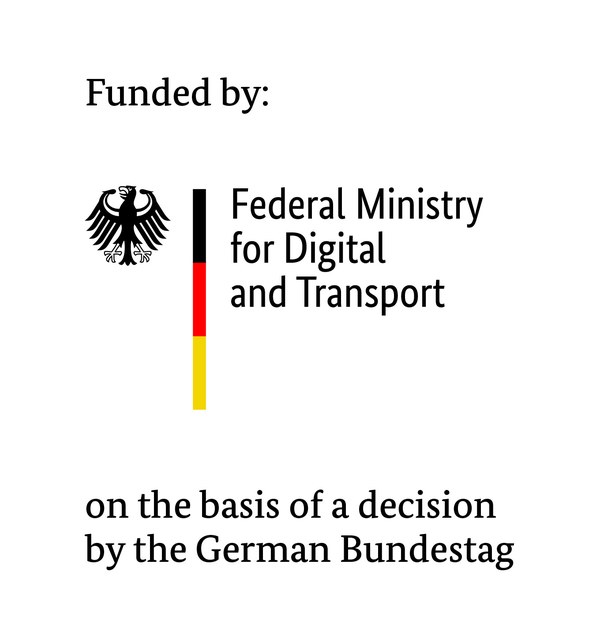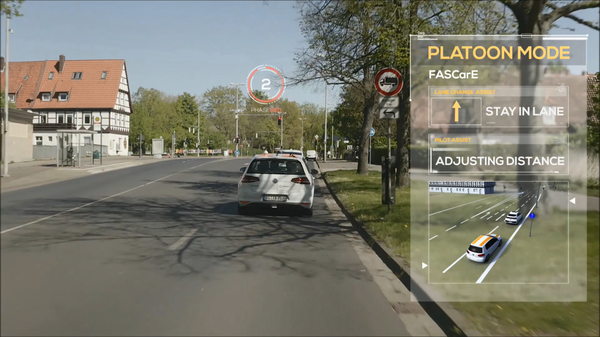ViVre – Virtual stops for the automated traffic of the future
The ViVre project connects virtualized traffic infrastructures and automated driving functions for sustainable mobility solutions.
The growing demand for mobility of people and goods poses major challenges for the inner-city transport infrastructure. At the same time, the increased volume of commuters increases the need for demand-oriented local public transportation (LPT) as well as more flexible connections to rural areas. In the long term, therefore, a shift in individual vehicle traffic toward intelligent, modern, low-emission and sustainable mobility solutions is necessary.
Project objective
The objective of the ViVre project is to connect virtualized traffic infrastructures and automated driving functions for central traffic nodes in order to develop building blocks for innovative and sustainable mobility solutions. Concepts for new virtual stops will be developed, implemented in road traffic and evaluated. New functions of automated networked vehicles and virtualized infrastructure are being developed. This includes automated and connected driving functions that can use distribution functions for virtual on-demand stops in a complex urban traffic network and communicate with the traffic infrastructure.
Implementation
Flexible, demand-oriented stops will be of increasing importance for new sustainable mobility solutions in the future. The digitalization and virtualization of transport infrastructure elements can make a contribution here.
The innovative vehicle functions, virtualized traffic infrastructures and optimized traffic controls developed by ViVre are being tested in simulation and in real traffic at the Intelligent mobility application platform (AIM) in Braunschweig. Here, the automated and connected vehicles travel routes in a mobility corridor between the main train station and the airport, where a virtual stop can be opened and approached by the vehicle as needed. Further vehicle interaction scenarios with non-motorized road users and their management using virtual infrastructures are also being considered.
Furthermore, a guideline for the development and construction of future mixed-physical-virtual traffic infrastructures for automated and connected driving in urban and rural areas will be developed for use by cities and municipalities. A mixed-physical-virtual transport infrastructure is to be understood as a currently existing infrastructure that is enriched by digital elements, such as a virtual stop.
The project focuses on relieving congestion in public spaces, linking individual and public transport modes, and studies on the introduction strategy for regular operation.
Duration:
01/2020 to 12/2021
Project volume:
€7,91 million (thereof €6,43 million in funding from the BMDV)
Links:
Project profile on the page of the Federal Ministry for Digital and Transport (BMDV).
This project is managed by the department:





